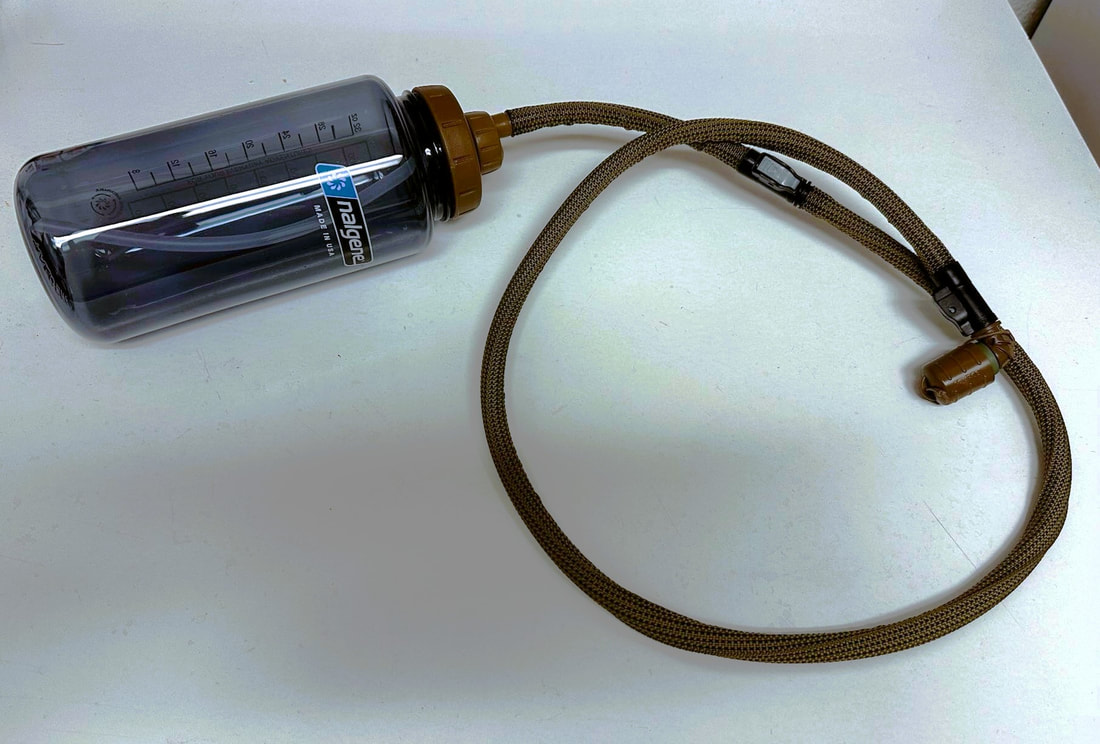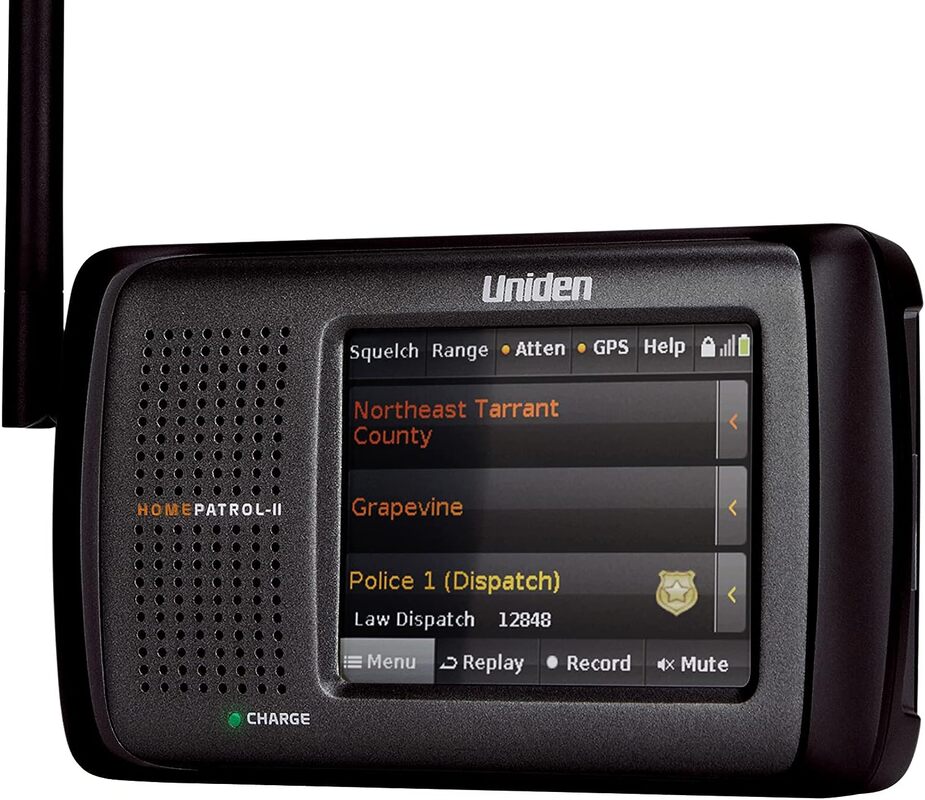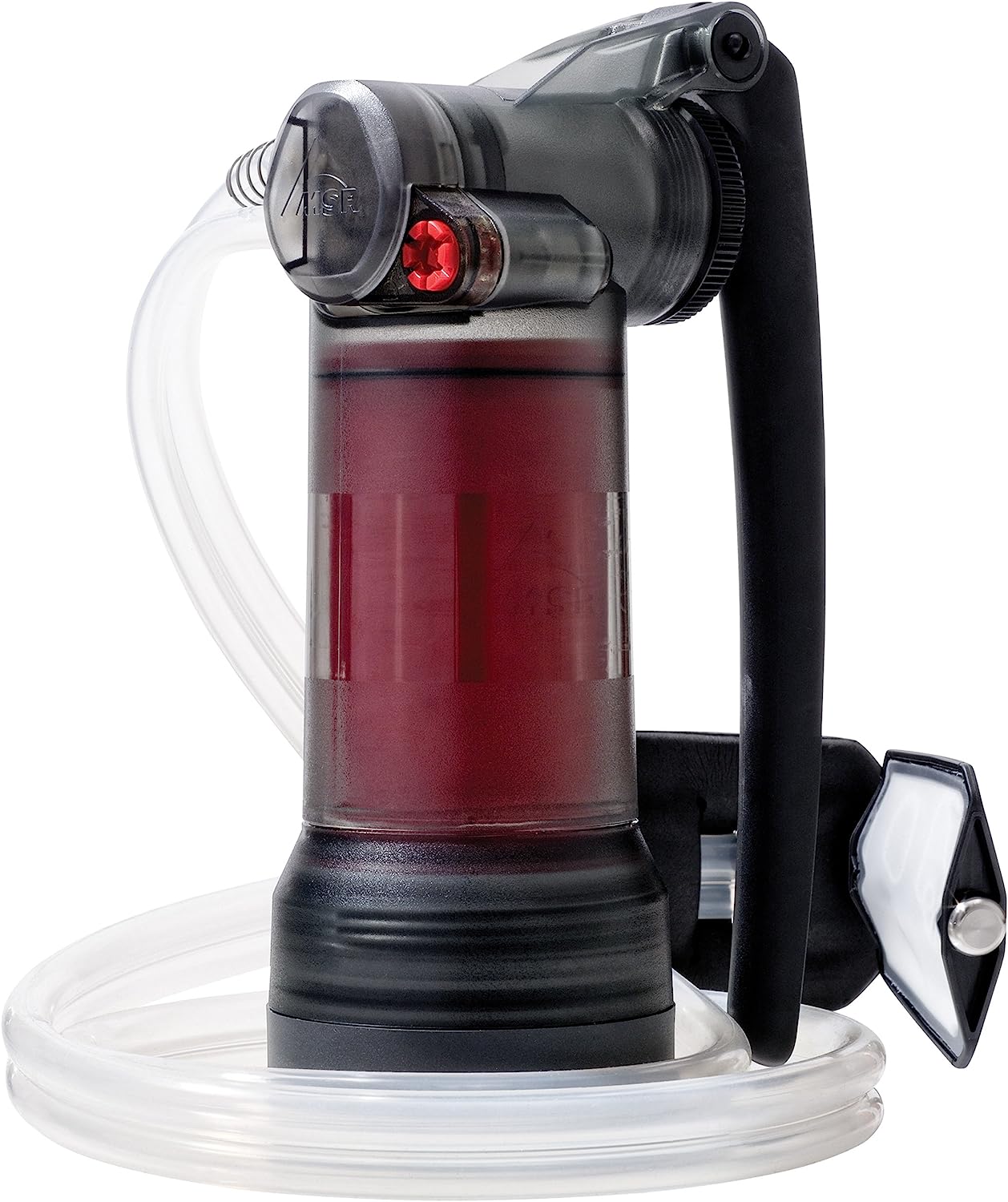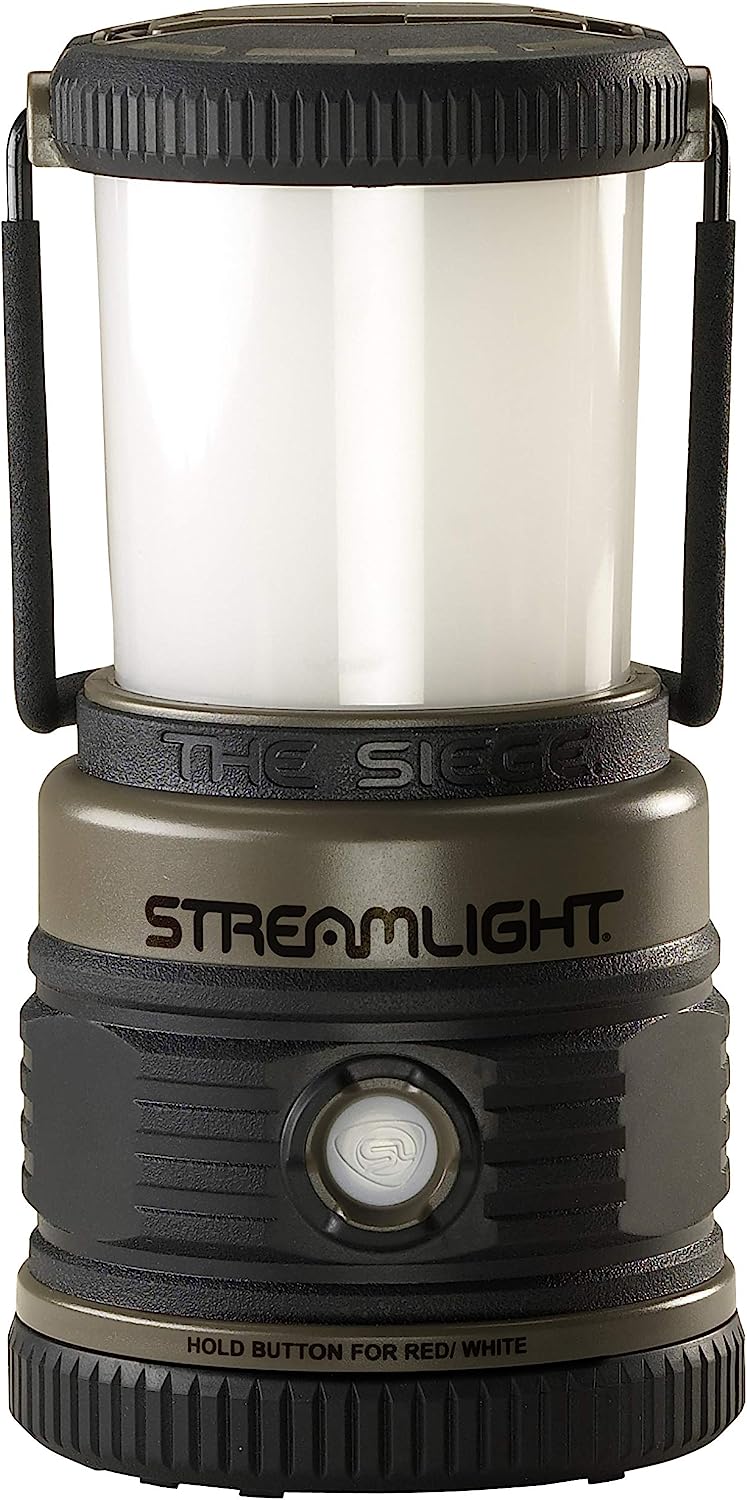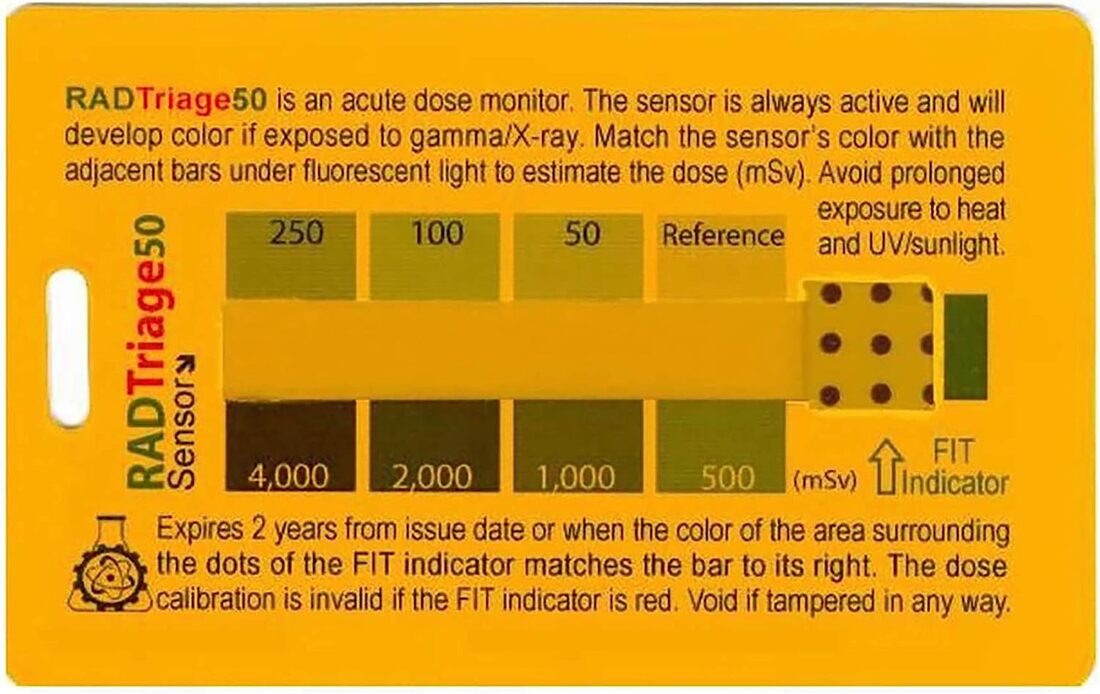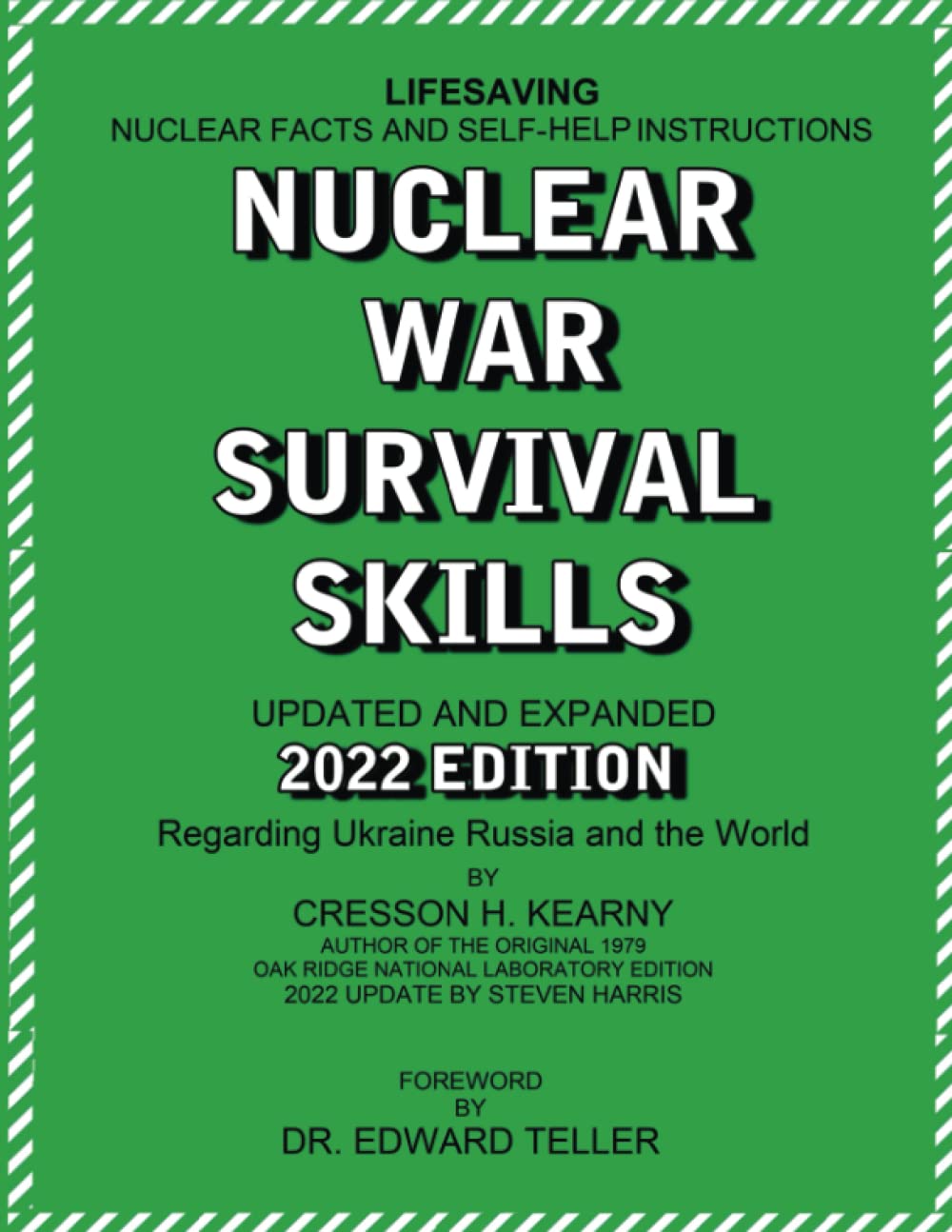|
A friend who recently retired from law enforcement and I were discussing the pros and cons of less-lethal shotgun usage by the average citizen. In defensive situations, outside of very rare one-offs that are unlikely to occur, we couldn’t think of a single good example. Where it would be useful always required that the SHTF already, things were very dangerous outside, and there was no rule of law (or police). Then, and only in stand-off type situations, did we deem their usage conceivable. Normal times or SHTF times, you are likely not going to be dealing with suicidal subjects or with persons resisting arrest. You will be concerned with shooting bad guys or driving them off. A less-lethal shotgun is in the “drive them off” tool box. If you are planning for SHTF and especially if you have a defensive group drawn up for your neighborhood or homestead, why not put another tool in your toolbox? I am going to focus my scenarios on a without the rule of law situation (WROL), that is, there are no police to respond and no courts to prosecute you. If there are, they are totally ineffective to help you, deter the bad guys, or come after you for using excessive force. Wider use of less-lethal ammunition may be made where it is necessary or desirable to kinetically dissuade someone but not kill them. Further discussion regarding WROL employment of less-lethal weapons can be found in my book Suburban Defense. In WROL, less-lethal shotguns should only be employed when a lethal shot would be justified. This covers any potential legal ground as well as moral grounds. Because the weapons are still firearms and may kill, you need to treat firing a less-lethal shot just as firing a lead one. There may be a rare circumstance when killing the person is legally justifiable, but not desirable, and it is tactically permissible to use less-lethal force. Lethal cover (another person with a deadly firearm aimed at the target) must be present and ready to stop any deadly threat. Typically, in ordinary life less-lethal ammo usage should be avoided. Less-lethal force is not a substitute for lethal force, when morally and legally justified. I envision it being used when the attitudes of your homestead, neighborhood, or community may make it difficult to outright shoot someone. Mowing down a crowd of rioters, even if they deserve it, presents a lot of problems. You may also feel bad shooting a really determined and desperate father stealing from your garden. If a 12 gauge rubber slug can send them away and keep them away, it helps avoid you being labeled a murderer or war criminal. Violent crowd control
Deployment The less-lethal bearer should not have a lethal firearm at the ready; lethal weapons need to be holstered or slung out of the way. He should not be trying to juggle an AR-15 and a less-lethal shotgun. If at all possible, the less-lethal bearer should not also be armed with a lethal shotgun, nor should he have any lethal shotgun shells on his person, to avoid mix-ups. “Less-lethal ready/up!” is the announcement the less-lethal bearer is in position and ready to fire. “Less-lethal, standby!” is the incident commander or primary team member delegating the authority to fire. It also serves as a warning to those around that a less-lethal weapon will be fired. “Less-lethal out,” should be yelled and/or radioed after the shot or string of shots so distant team members know what happened. Other variations can be used as long as they are clear and unambiguous. Additionally, the type of less-lethal ammunition can be substituted for specificity, i.e. “bean bag.” Note that circumstances may necessitate immediate deployment based on the less-lethal bearer’s observations of the situation. Good communication should be maintained with the details for the need of the weapon going out so that upon hearing a gun shot, distant team members don’t mistake it for an incoming shot.
Aimpoint: lower center of torso (belly) or more specifically the belt line to the navel. Aim for large muscle groups, abdomen and below. Arms and legs should be avoided when in proximity to vital areas. The preferred dorsal target area is the legs (away from the lower spine). Avoid: head, neck, sternum (upper chest), spine, kidneys, and genitals. When firing at the target from behind, do not aim for the center of the back due to the risk of spinal cord damage. Firing at bare skin should be avoided when possible. Do not fire at pregnant women, young women, or the elderly if at all possible. Do not fire a target who may fall from height or into dangerous areas. Minimum safe range: 5 feet Minimum recommended range: 10 feet Optimal safe minimum range: 21 feet Maximum recommended range: 50 feet Optimal engagement distances: 7-25 yards Average maximum range: 40 yards
Conclusion Now in ordinary life you’re probably never going to use less-lethal ammunition against a human. I would recommend against it, actually. If you’re going to shoot them, make sure you can legally use lethal force and preferably use lead to make sure the threat is stopped. If you aren’t going to shoot them, it’s easier and less legally risky to punch them, shoot them with a Taser, or give them a face full of OC spray. But then again, the Second Amendment was written for those outside contingencies. Disclaimer: I am not an attorney nor an expert. This should not be taken as legal or expert advice. Get specialized training before using less-lethal ammunition and any action taken is at your own risk. You probably shouldn’t be using this kind of ammo against humans unless the world has really ended. Comments are closed.
|
Author Don ShiftDon Shift is a veteran of the Ventura County Sheriff's Office and avid fan of post-apocalyptic literature and film who has pushed a black and white for a mile or two. He is a student of disasters, history, and current events. Archives
May 2024
Categories
All
As an Amazon Associate I earn from qualifying purchases.
|
 RSS Feed
RSS Feed
